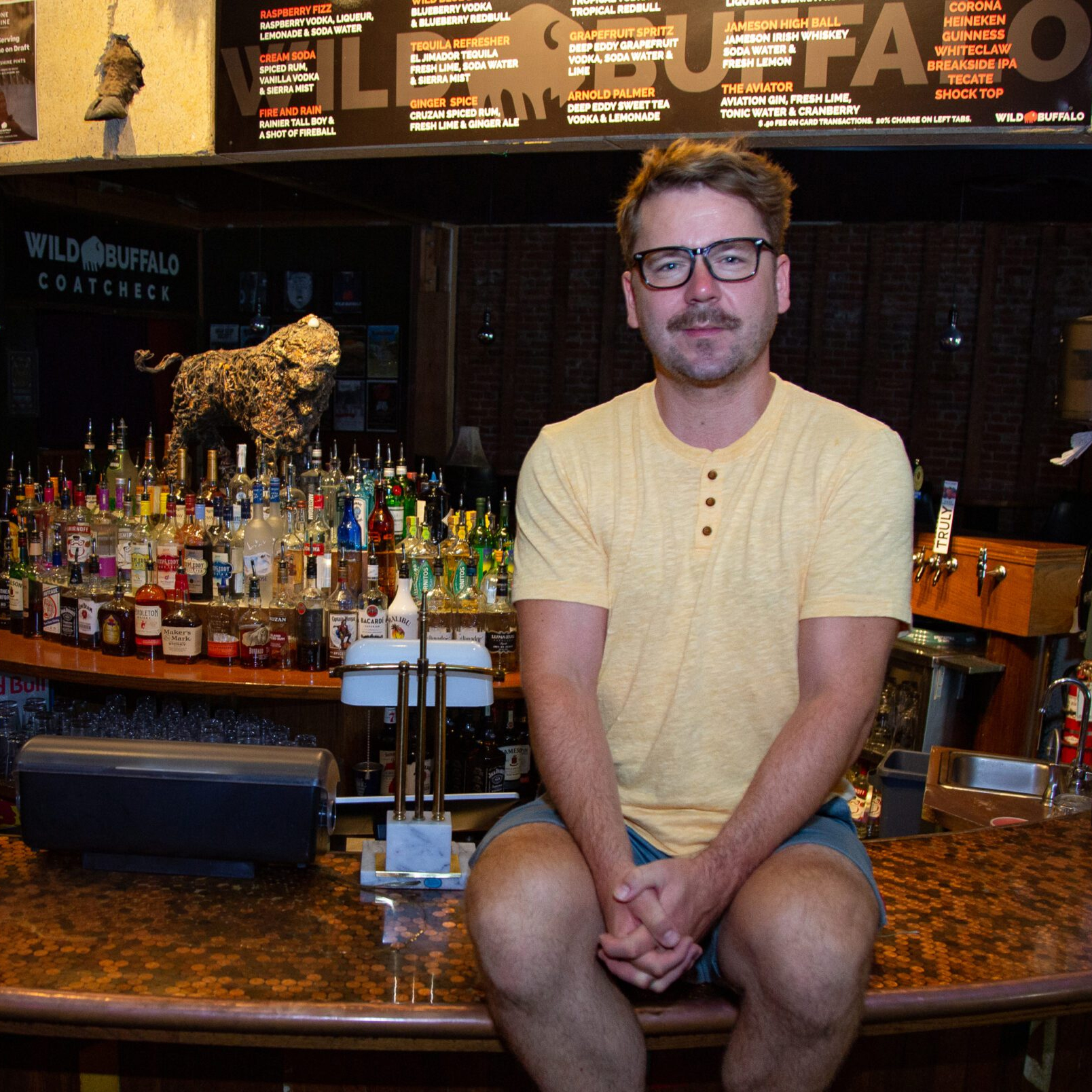“Running a music venue in this post-pandemic environment is hard. We’re dealing with increased expenses across the board, while people are going out less. On top of that, there are fewer up & coming artists—especially local ones—who can sell out our room. We have to rely heavily on legacy acts and nationally touring artists. It’s a tough balance, but supporting our local scene is essential for the health of our community. I started this business because I love live music and I want to see it thrive in Bellingham and throughout our state. People need live music experiences. In my opinion, it’s an essential part of being happy.”
Craig Jewell
Wild Buffalo Owner

The Backbone of Our Music Economy
Washington’s music industry is powered by passionate small business owners—venues, festivals, and creative services—many of whom earn less than $25,000 annually. Despite the challenges, they continue to provide spaces where our communities gather, connect, and discover new sounds.
Annual revenue is up 7.2% between 2019 and 2023. Most infrastructure and support service businesses still earn under $25k/year, though that share is shrinking. More businesses are breaking into higher revney tiers.
The Workforce: Passion on Multiple Paychecks
Most music businesses rely on part-time and contract workers, many of whom hold multiple jobs just to make ends meet. These are the sound engineers, stagehands, bartenders, and promoters who turn empty rooms into unforgettable nights.
Payroll distribution by type of worker
| Payroll Distribution | FULL-TIME | PART-TIME | CONTRACT WORKERS | |||
|---|---|---|---|---|---|---|
| 2019 | 2023 | 2019 | 2023 | 2019 | 2023 | |
| Less than $10,000 | 74.1% | 64.8% | 75.9% | 70.4% | 83.3% | 79.6% |
| $10,000 to $49,999 | 3.7% | 7.4% | 11.1% | 11.1% | 7.4% | 11.1% |
| $50,000 to $99,999 | 3.7% | 5.6% | 1.9% | 5.6% | 0.0% | 0.0% |
| $100,000 or More | 18.5% | 22.2% | 11.1% | 13.0% | 9.3% | 9.3% |
| Average | $171,474 | $223,644 | $41,240 | $51,106 | $27,638 | $31,481 |
Significant rise in average full-time payroll: $171k-$224k (30% + increase). Part-tme and contract compensation growth is slower.
Payroll distribution by type of worker
| Payroll Distribution | FULL-TIME | PART-TIME | CONTRACT WORKERS | |||
|---|---|---|---|---|---|---|
| 2019 | 2023 | 2019 | 2023 | 2019 | 2023 | |
| Less than $10,000 | 74.1% | 64.8% | 75.9% | 70.4% | 83.3% | 79.6% |
| $10,000 to $49,999 | 3.7% | 7.4% | 11.1% | 11.1% | 7.4% | 11.1% |
| $50,000 to $99,999 | 3.7% | 5.6% | 1.9% | 5.6% | 0.0% | 0.0% |
| $100,000 or More | 18.5% | 22.2% | 11.1% | 13.0% | 9.3% | 9.3% |
| Average | $171,474 | $223,644 | $41,240 | $51,106 | $27,638 | $31,481 |
Tickets: Who Really Benefits?
Ticket prices are up, but most of that revenue goes straight to touring artists, not the venues who keep the doors open. Audiences may feel ticket hikes, but local clubs often see little of the gain.
Shows and Ticket Prices
Live Performance activity is up-average shows per venue rose from 16 to 31. Auncience are paying nearly twice as much for live performances.
35% of venues operate at a scale of 300 or more, yet margins are razor-thin. Local musicians often struggle to find stage time in this competitive market. Touring costs are also on the rise so even touring artists are struggling to make tours break even.
Mixed-Use Venues: Keeping Discovery Alive
Neighborhood bars, cafés, and breweries with live music programming are vital entry points for artists. They bring music to everyday spaces, building community and discovery outside of the big stages.
Shows and Ticket Prices
Live Performance activity is up-average shows per venue rose from 16 to 31. Auncience are paying nearly twice as much for live performances.
Nearly 27% of mixed-use venues’ hours are devoted to music—proof that small businesses are key to sustaining local talent pipelines.
Festivals: Holding the Line
Festivals remain a cornerstone for audience connection, but most expect to downsize due to rising costs. Still, they bring thousands together in celebration of music, identity, and place.
Festival activity remains stable, but 35% of owners expect to downsize.
What’s at Stake
The challenges are real:
- Keeping experienced staff while wages lag behind other industries
- Affording skyrocketing rents in urban centers
- Navigating outdated liquor laws and age restrictions
- Competing with national acts for limited audience dollars
Yet, the commitment of Washington’s music businesses is unwavering. They are determined to keep the beat alive—for artists, for audiences, and for the culture that makes our state vibrant.

